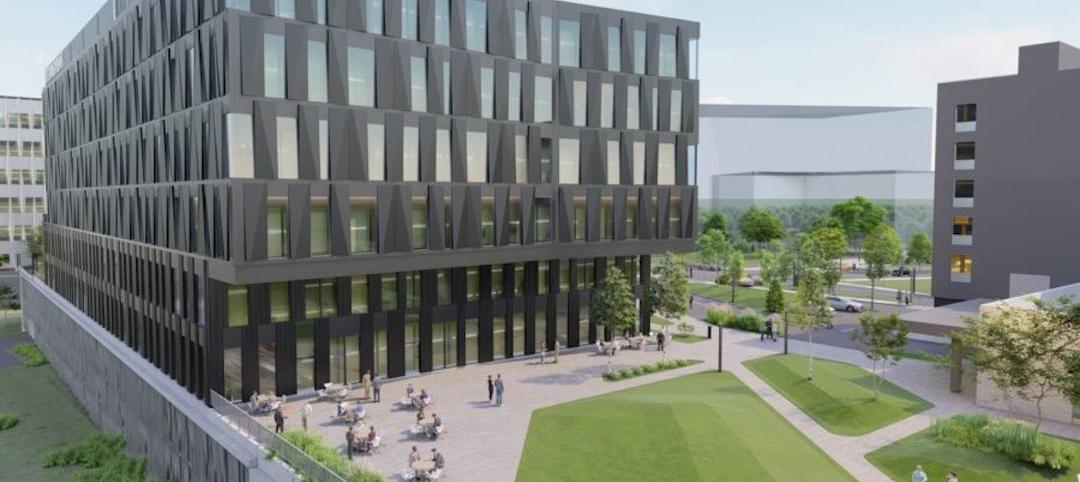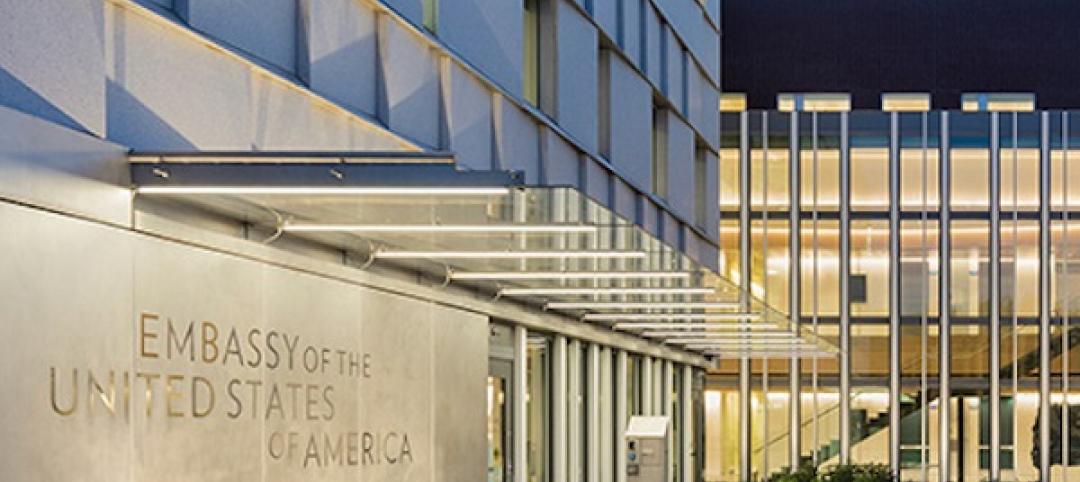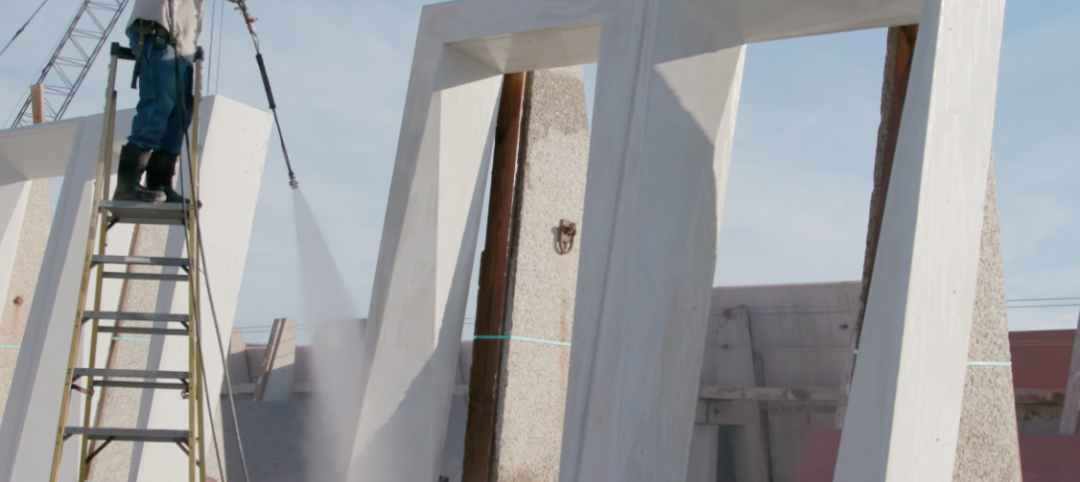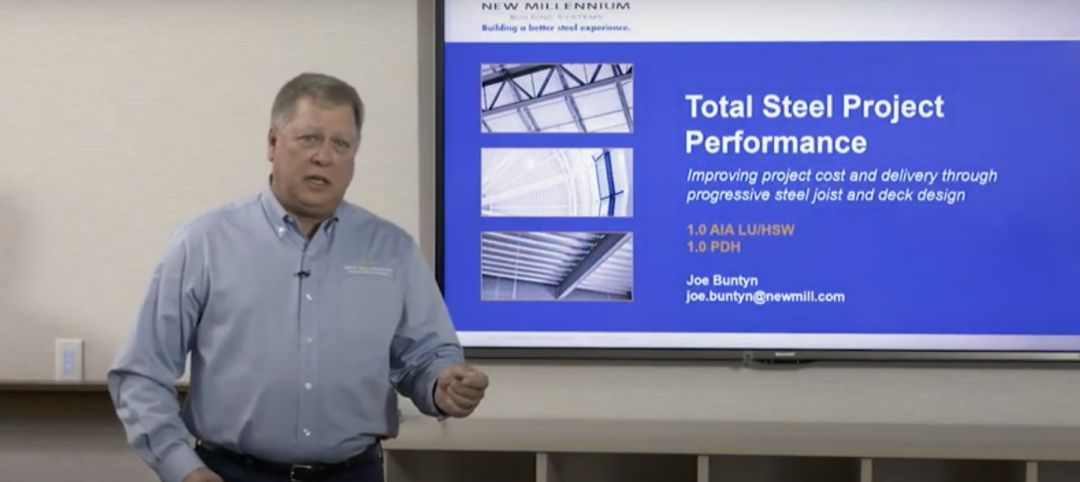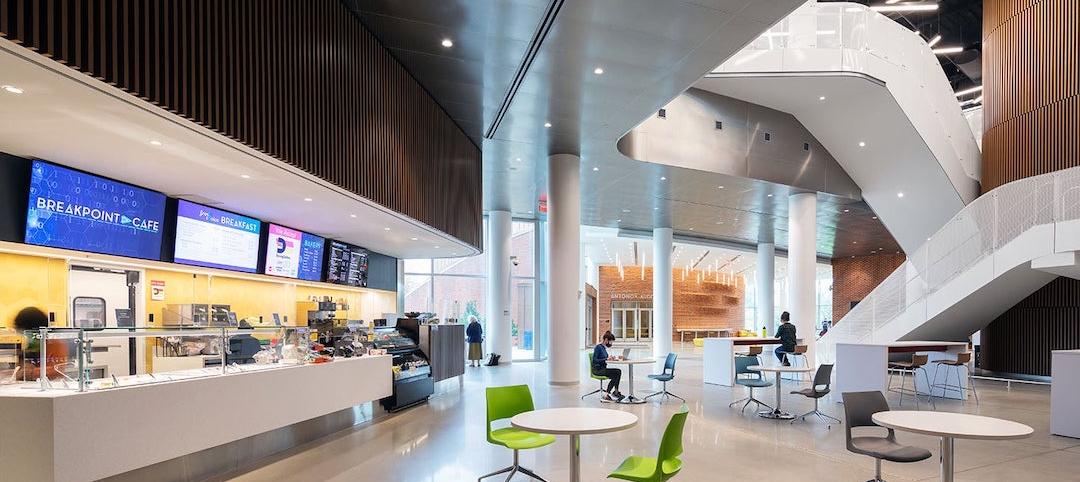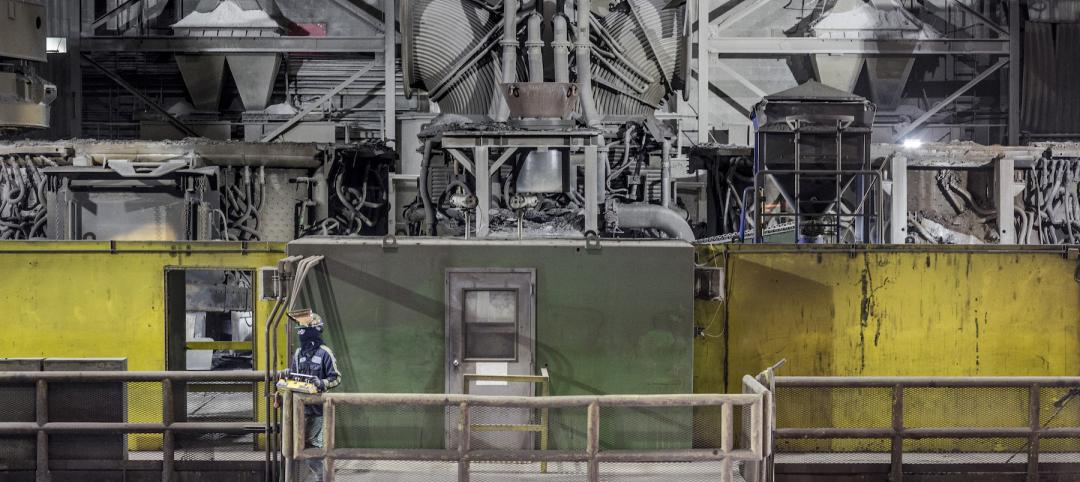Through the first five months of 2015, nonresidential construction spending is having its second best year since the Census Bureau began tracking the metric in 2002.
According to the July 1 release, nonresidential construction spending increased 1.1% on a month-over-month basis and 8.1% on a year-over-year basis, and totals $669.6 billion on a seasonally adjusted, annualized basis. From January to May, nonresidential spending expanded by 7.1%; the only year in which the segment saw faster growth was 2007. Since then, growth over each year's initial five months has averaged only 1.8%.
Perhaps the most notable aspect of May's release was the extensive upward revisions to three of the previous four months' data. January, February and April saw their nonresidential construction spending estimates revised upward by 2%, 1.4% and 2.4%, respectively. The Census Bureau also increased the estimate for May 2014 by 1.4%.
"Though there continues to be discontent regarding performance of the U.S. economy, the current situation should be viewed positively," said Associated Builders and Contractors Chief Economist Anirban Basu. "The U.S. economy has now entered the mid-cycle portion of its recovery, which often represents a period of sustained progress for the average nonresidential construction firm. As with prior months, the industry progress continues to be led by the private sector. Among private segments, manufacturing-related construction was at the frontline of construction spending growth in May."

"Moderate economic growth will allow interest rates to rise gradually, helping extend this mid-cycle," said Basu. "Although it took several years to get to this point of the recovery, contractors will find themselves steadily becoming busier, with margins gradually expanding. The principle obstacle to progress will be skilled labor shortages, which eventually will translate into faster inflation, rising interest rates and the move into the final stage of the current economic expansion."
Nine of 16 nonresidential construction sectors experienced spending increases in May:
· Manufacturing-related construction spending expanded 6.2% in May and is up by 69.5% for the year.
· Office-related construction spending expanded 1.6% in May and is up 24.6% compared to the same time one year ago.
· Lodging-related construction spending was up 3.2% on a monthly basis and 30.6% on a year-over-year basis.
· Lodging-related construction spending was up 5.5% on a monthly basis and 17.6% on a year-over-year basis.
· Spending in the water supply category expanded 0.9% from April, but is down 6.8% on an annual basis.
· Religious spending gained 1.4% for the month and is up 9.2% from the same time last year.
· Highway and street-related construction spending expanded 2.2% in May and is up 2.1% compared to the same time last year.
· Conservation and development-related construction spending grew 8.6% for the month and is up 27.3% on a yearly basis.
· Amusement and recreation-related construction spending gained 5.8% on a monthly basis and is up 29.8% from the same time last year.
· Communication-related construction spending gained 3.3% for the month and is up 15.7% for the year.
Spending in seven nonresidential construction subsectors fell in May:
· Education-related construction spending fell 0.8% for the month, but is up 1.8% on a year-over-year basis.
· Power-related construction spending remained flat for the month, but is 23.5% lower than the same time one year ago.
· Sewage and waste disposal-related construction spending fell 2.2% for the month, but has grown 13.3% on a 12-month basis.
· Public safety-related construction spending fell 7.9% on a monthly basis and is down 11.8% on a year-over-year basis.
· Commercial construction spending fell 1.7% in March, but is up 11.4% on a year-over-year basis.
· Health care-related construction spending fell 0.6% for the month, but is up 3.1% compared to the same time last year.
· Construction spending in the transportation category fell 0.9% on a monthly basis, but has expanded 5.4% on an annual basis.
Related Stories
Urban Planning | Jan 25, 2022
Retooling innovation districts for medium-sized cities
This type of development isn’t just about innovation or lab space; and it’s not just universities or research institutions that are driving this change.
Sponsored | Resiliency | Jan 24, 2022
Norshield Products Fortify Critical NYC Infrastructure
New York City has two very large buildings dedicated to answering the 911 calls of its five boroughs. With more than 11 million emergency calls annually, it makes perfect sense. The second of these buildings, the Public Safety Answering Center II (PSAC II) is located on a nine-acre parcel of land in the Bronx. It’s an imposing 450,000 square-foot structure—a 240-foot-wide by 240-foot-tall cube. The gleaming aluminum cube risesthe equivalent of 24 stories from behind a grassy berm, projecting the unlikely impression that it might actually be floating. Like most visually striking structures, the building has drawn as much scorn as it has admiration.
Sponsored | Resiliency | Jan 24, 2022
Blast Hazard Mitigation: Building Openings for Greater Safety and Security
Coronavirus | Jan 20, 2022
Advances and challenges in improving indoor air quality in commercial buildings
Michael Dreidger, CEO of IAQ tech startup Airsset speaks with BD+C's John Caulfield about how building owners and property managers can improve their buildings' air quality.
3D Printing | Jan 12, 2022
Using 3D-printed molds to create unitized window forms
COOKFOX designer Pam Campbell and Gate Precast's Mo Wright discuss the use of 3D-printed molds from Oak Ridge National Lab to create unitized window panels for One South First, a residential-commercial high-rise in Brooklyn, N.Y.
Engineers | Jan 12, 2022
Private equity: An increasingly attractive alternative for AEC firm sellers
Private equity firms active in the AEC sector work quietly in the background to partner with management, hold for longer periods, and build a win-win for investors and the firm. At a minimum, AEC firms contemplating ownership transition should consider private equity as a viable option. Here is why.
Sponsored | BD+C University Course | Jan 12, 2022
Total steel project performance
This instructor-led video course discusses actual project scenarios where collaborative steel joist and deck design have reduced total-project costs. In an era when incomplete structural drawings are a growing concern for our industry, the course reveals hidden costs and risks that can be avoided.
University Buildings | Jan 11, 2022
Designing for health sciences education: supporting student well-being
While student and faculty health and well-being should be a top priority in all spaces within educational facilities, this article will highlight some key considerations.
Green | Jan 10, 2022
The future of regenerative building is performance-based
Why measuring performance results is so critical, but also easier said than done.
Contractors | Jan 5, 2022
Adding construction workers safely during a chronic worker shortage
ISN's Joe Schloesser discusses how contractors desperate for workers need to continue to make safety a priority. Schloesser is a Senior Director with ISN, a global construction management firm.



